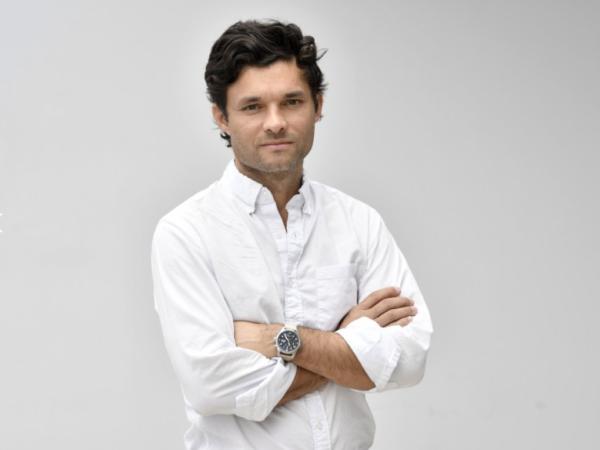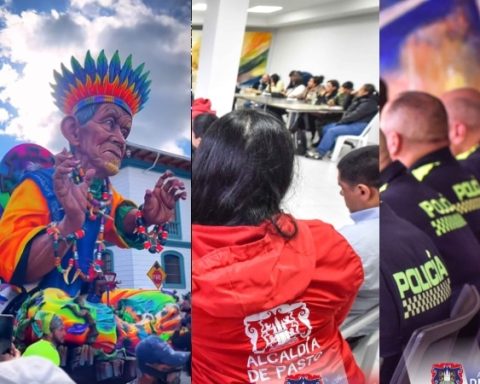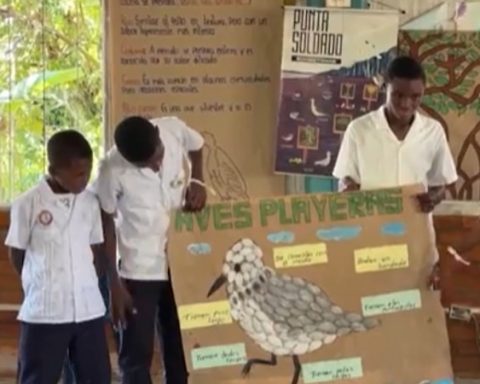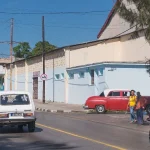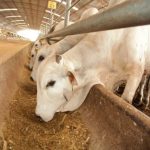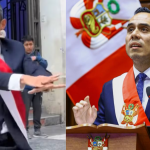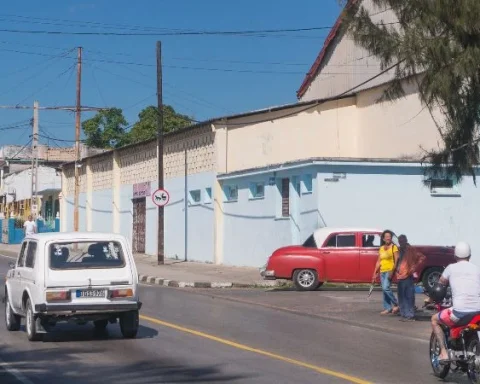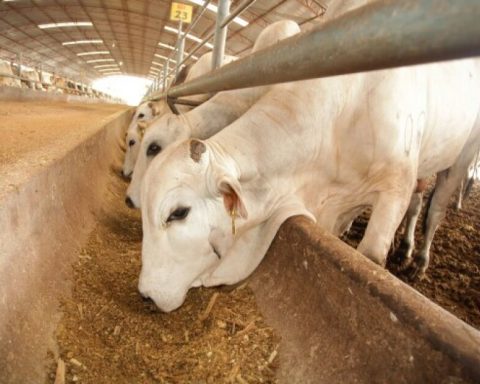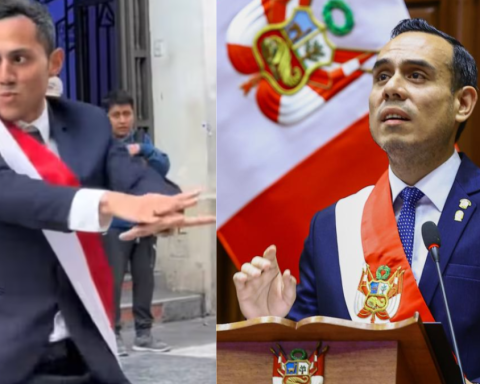Livestock farming has been classified as the main cause of deforestation worldwide. However, in Sucre, Colombia, the Hacienda Las Carolinas comes implemented a model where a regenerative productive process is carried out that especially contributes to preventing soil desertification.
(See: The private sector, a key actor for sustainability in Colombia)
In that sense, Nelson Eduardo Martelo, manager of the farm, spoke with Portafolio about the proposals he has regarding COP16, At the same time, they want to show that with sustainable processes, livestock farming is not the great enemy of biodiversity in Colombia.
How has it been for you this year?
The livestock business has had a difficult year due to weather issues. The rains started a little late and torrentially in some areas of Sucre. Where we normally have cattle for fattening, we have had a lot of rain and that has prevented the animals from performing as they should. But, in the other farms we have a fairly positive climate and we have been able to level out the loads in terms of sales and production.
Meat costs this year have dropped a little, a fact that has also affected our profits, but we have a low-cost model that has worked for us, which helps us withstand the different factors.
Today we are the Regional Node of the Savory Institute. In Colombia, we have had other lines of business such as consulting, the field physics of our farm, which help us show the model and encourage people to learn about other ways of doing livestock.
(See more: Final stretch of COP16 begins in Cali with a global call for environmental action)
How does the node work?
We are part of the Savory Institute, which is an international organization. Its founder is Allan Savory and he is a biologist from Zimbabwe who has nodes on all continents. We are the Colombia node and we are in charge of replicating and showing people what holistic management is. There, decisions are made regarding the ecosystem, financial and social part. If those three are not in balance, the model will not work.
One of the main points is the rotation of grazing. The model defines how we should move our animals during the different seasons. And we have two very marked ones, the dry season and the rainy season.
(Read also: IDB will expand financing for biodiversity with the Jaguar Impact Initiative)
Hacienda Las Carolinas
Courtesy
Where else are they located?
We are in Argentina, Uruguay, Chile, Costa Rica, the United States, Europe and in Africa where it was born. In Australia, it has been practiced in all ecosystems and has been functional, since this is a model adaptive to the ecosystem and the conditions of each producer.
(See: Grupo Aval announced its integration as a donor member of ProPacífico)
How do they do regenerative livestock farming?
The basic mission is to prevent soil desertification. If we grow in productive or healthy soils, agricultural productivity will be greater and that helps mitigate the effects of climate and environmental tragedies. That is a fundamental part of what we do and the ecosystem.
We are based on basic principles such as that nature works as a whole. Another pillar is the issue of humidity and depending on it, decisions about grazing will be impacted. Also, the predator-prey law where we imitate what the great migrations do in Africa, because they have a predator that herds them.
And the last law we use is that time is more important than the number of animals. The important thing is that we can give the pastures enough rest and that will also depend on the humidity scale.
(Read more: Businessmen and other heavyweights arrive in Cali for the closing of COP16)
Should large resources be invested in this regenerative livestock farming?
It will depend on what each producer wants. At the beginning we make a long-term vision of what the producer wants on his land and taking this planning into account, we define what to take. There, decisions regarding infrastructure are made, also depending on the capacity of each producer.

Hacienda Las Carolinas
Courtesy
How long does it take to recover?
This will depend on how much water we have and we plan accordingly. There are places where the grass is recovered in 35 days and one rotates for that time. We, for example, handle rotations that range from 45 to 180 days.
In the dry season we can last up to 400 days. Therefore we are not going to have recovery and we have to plan for that period. With those rules you can make decisions.
(See also: Government and private sector launch biodiversity bond for US$50 million)
How did this change in operating model happen in Las Carolinas?
We started testing with a small area and expanded as economic conditions gave us. We reduced the use of chemicals and canceled them completely, which will mean a decrease in cost.
Also, we lowered the use of machinery as well. However, the implementation of the model will have some costs at the beginning. Especially about fences and the issue of aqueducts. Among other things, if there is no shade, then we have to find a way to provide it.
(Read:Several presidents will miss COP16 in the middle of making important decisions)

Hacienda Las Carolinas
Courtesy
You will participate in COP16, what is the message?
Our objectives are basically to show that livestock is not the great enemy of biodiversity and that it can be an ally or a fundamental tool to avoid the desertification of our soils, mitigating wear and tear in the ecosystem, to increase biodiversity.
We want to show at COP16 that we can be a tool to mitigate the effects and damage of the environment and biodiversity.
(See more: In the middle of COP16, indigenous people unite and create the G9 to protect biodiversity)
What extensions does the farm have?
We manage four farms of about 800 hectares in total. Before we used extensive livestock farming and we have been in that transition for approximately 10 years. Since 2018 we made a more transcendental change and in 2020, we became a node of the Savory Institute.
There are many people interested in what we are doing, in that livestock farming for tropical forests, which is where we are fundamentally, but this can be extended to all economic ecosystems.
(Read: Germany would exchange debt for climate action with Colombia)
What other plans do you have for 2025?
We are planning to do some training with the Institute and Argentine allies so that Colombian personnel understand the model and can replicate it. Our vision is to be able to take this model to all corners of Colombia and in this way we will have the opportunity to sell carbon negative meat, which is something they see a lot in international markets.
Also, we are focused on the local market and on being able to grow this offer of regenerative meat to enter those international markets with a valid product and with the necessary volume.
